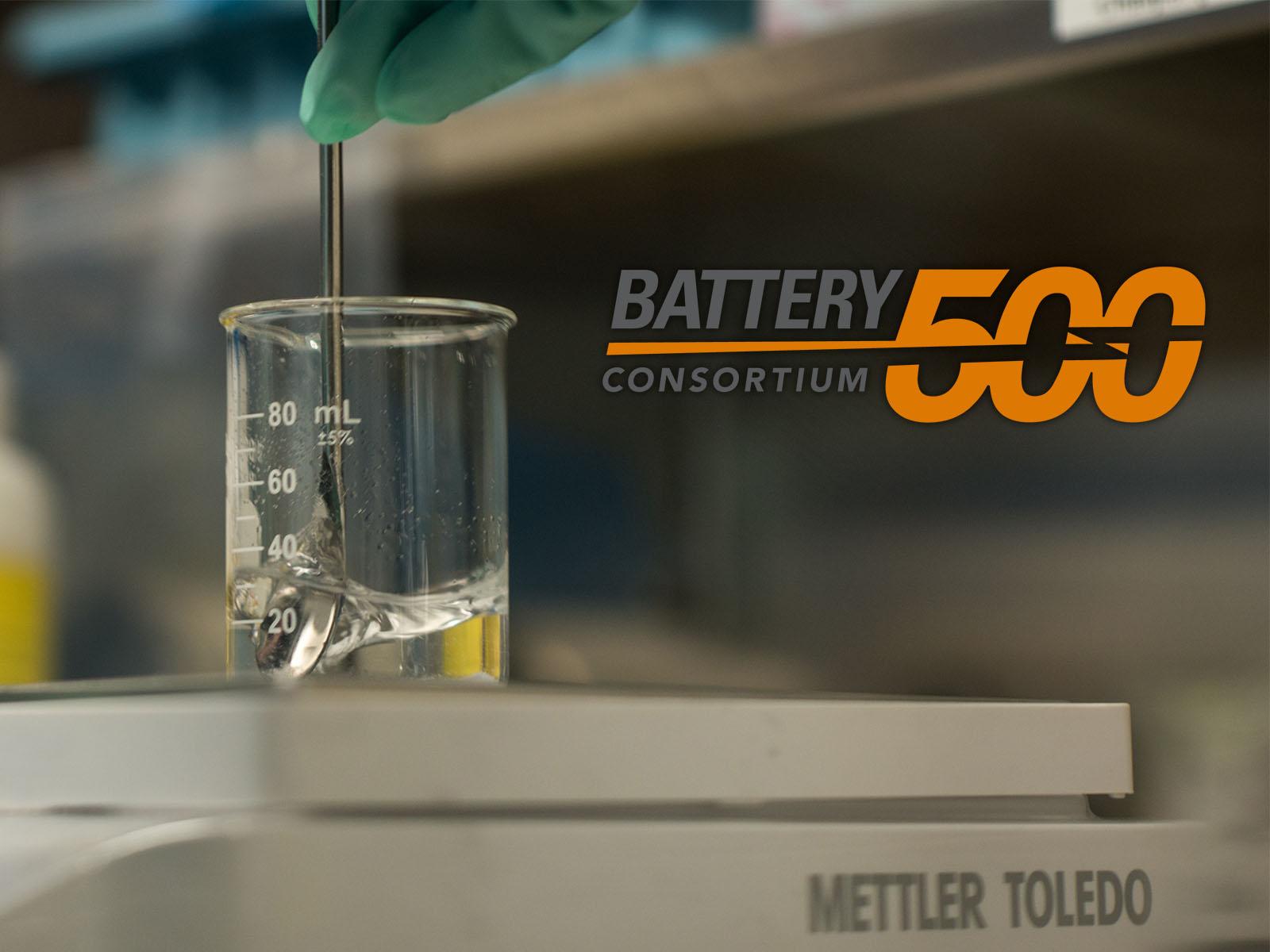Redefining Electrolyte Energetics
Professor Atsuo Yamada will share a long-awaited concept to quantify the large variation of electrode potential in any electrochemical system

Batt500 Seminar Series
(Photo by Andrea Starr | Pacific Northwest National Laboratory)
Thursday, June 8, 2023 to 10:00–11:00 a.m. (PT)
EMSL Auditorium/Online